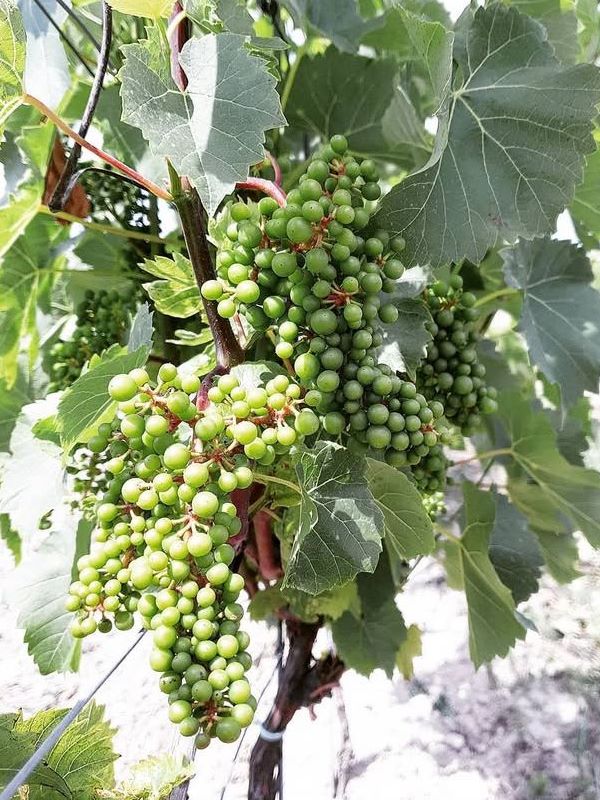
Seyval blanc grape
In the 19th century, European viticulture experienced a tragic revolution. The importation of American grape varieties, initially introduced to enrich the vineyard, also brought devastating pests such as phylloxera and diseases like downy and powdery mildew—both fungal infections. These scourges ravaged European vineyards, forcing winegrowers to seek drastic solutions. To combat phylloxera, Europeans adopted grafting onto American rootstocks, which were resistant to the pest. As for France’s prestigious crus, they benefited from special chemical treatments, including the injection of carbon disulfide directly into the soil around the roots. This method, although expensive, complex, and toxic to both growers and the environment, helped save some prized plots. At the same time, researchers began developing hybrid grape varieties, the result of crossing European vines (Vitis vinifera) with American species (Vitis riparia, Vitis labrusca, and others). These hybrids offered significant advantages: increased resistance to disease and pests, and even the ability to produce grapes without chemical treatments. Technically, they involve crossing two different species to combine their qualities. Unlike rootstocks, hybrids produce grapes, and therefore, wine.
From the 20th century onward, the use of hybrid varieties was restricted and eventually banned in many European countries, including France. Why? Officially, wines made from hybrids were deemed to be of lower quality, said to have "foxy" or unpleasant aromas. But is this ban purely about quality, or is there also a political story behind it? Some argue that hybrids, being cheaper to cultivate, threatened the economic interests of major vineyards and the chemical industry. In Spain, the situation is different: hybrid varieties were never entirely banned as they were in France, but their use remained very marginal. Here, traditional local varieties better suited to our terroirs were favored.
Today, hybrid grapes are enjoying a resurgence in interest, particularly among natural winemakers who aim to grow without chemical inputs. Yet appellation rules remain very restrictive regarding what can be planted, favoring traditional grape varieties. The wine landscape is dominated by a few varieties, Merlot alone accounts for nearly 15% of France's national vineyard. This uniformity hinders resilience in the face of climate change and emerging diseases. In contrast, countries like Germany and Switzerland allow for greater diversity, including modern hybrids adapted to today’s challenges. Among hybrid grapes, we can mention Noah and Isabella, two American hybrids that have survived in some traditional Spanish vineyards, particularly in Galicia. There’s also Baco Noir, mainly found in France, and lesser-known varieties like Felicia and Vidal, occasionally used in experimental or natural winemaking projects. More recent examples include Solaris and Regent, two hybrids that are less than 60 years old. In Spain, recent initiatives in regions like Catalonia and Galicia are testing disease-resistant hybrid grapes within organic farming projects. These efforts are often led by small producers or local associations with an ecological preservation mindset. Hybrid grapes are not yet very visible in traditional appellations, but they are beginning to find a place in wines produced outside these systems, often by natural winemakers in search of sustainability.
With climate change, it is urgent to find resilient solutions to extreme events like drought or emerging diseases. The question of hybrids is back on the table, their ability to resist disease without chemical treatments makes them serious contenders for sustainable viticulture. Will legislation evolve to meet these challenges?
